Home>Garden Essentials>What Is The Best Grass Patch
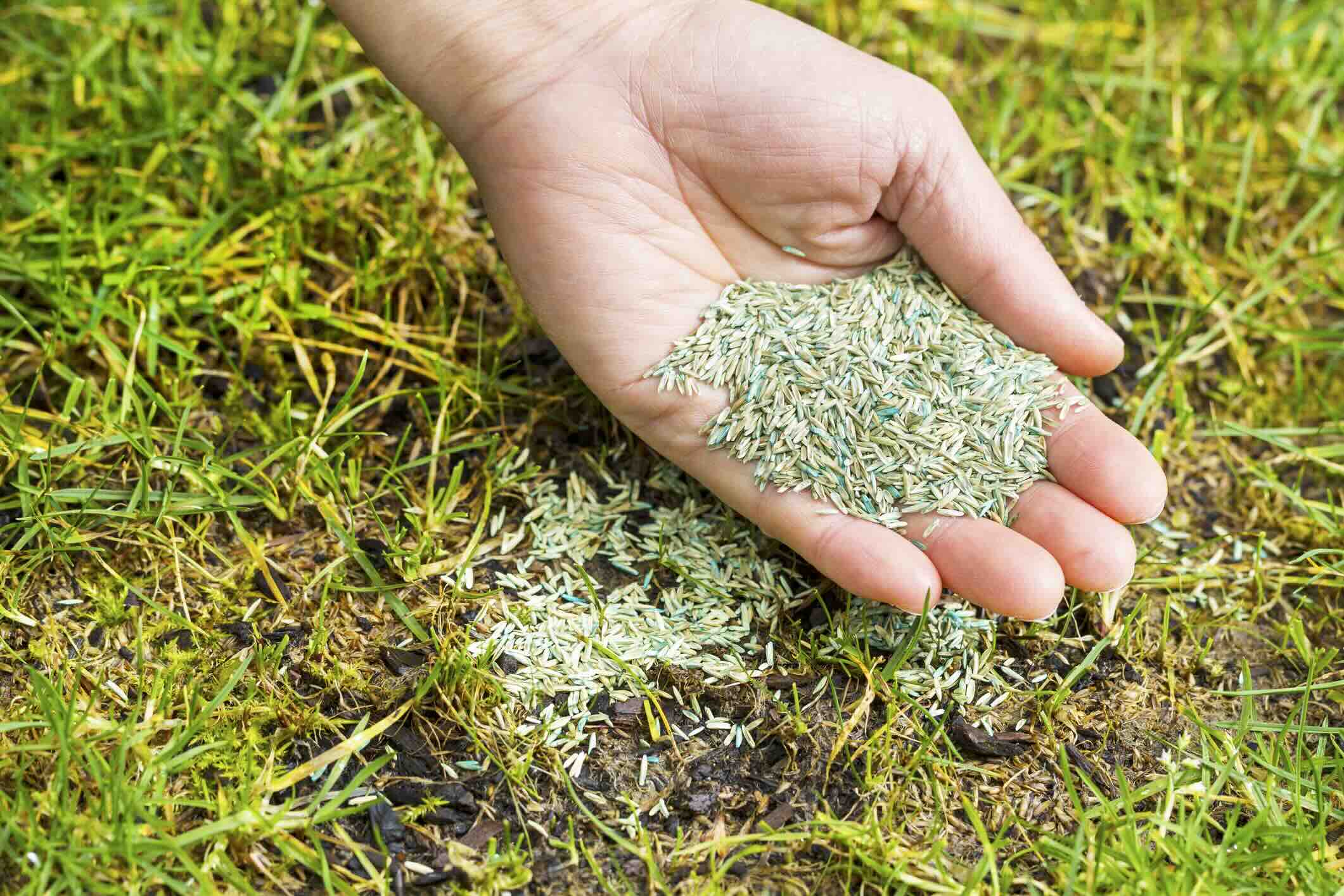

Garden Essentials
What Is The Best Grass Patch
Modified: March 7, 2024
Discover the best grass patch for your garden. Learn how to choose the right grass type, maintain it, and create a lush and beautiful lawn.
(Many of the links in this article redirect to a specific reviewed product. Your purchase of these products through affiliate links helps to generate commission for Storables.com, at no extra cost. Learn more)
Introduction
Gardens are a source of beauty and tranquility, and a well-maintained lawn is a key component of any stunning outdoor space. However, achieving a lush and healthy lawn requires the right type of grass. Different grass varieties thrive under different conditions, so choosing the best grass patch for your specific needs is crucial.
In this article, we will explore the factors that should be considered when selecting a grass patch and discuss some popular grass types suitable for various lawn conditions. Whether you have a sunny yard, a shady retreat, a high-traffic area, or want a low-maintenance lawn, we’ve got you covered.
By understanding the characteristics of different grasses and their suitability for specific environments, you can have a beautiful and thriving lawn that enhances the overall ambience of your garden.
Key Takeaways:
- Choose the right grass for your lawn by considering climate, sunlight, soil type, water needs, usage, and maintenance level. Local experts can provide tailored advice for your specific area.
- For sunny areas, Bermuda grass, Zoysia grass, and Buffalo grass are great choices. Fescue grass is ideal for shady areas, while Bermuda grass, Zoysia grass, and Kentucky bluegrass are top picks for high-traffic areas. Low-maintenance options include Buffalo grass, fescue grass, and Zoysia grass.
Read more: What Causes Grass To Die In Patches
Factors to Consider in Choosing the Best Grass Patch
When selecting the best grass patch for your lawn, it is essential to consider several factors that will directly impact the success of your lawn. By taking these factors into account, you can choose a grass variety that will flourish in your specific environment and meet your aesthetic and functional goals. Here are the key factors to consider:
1. Climate: Different grass types are adapted to specific climates. Some varieties thrive in hot and dry climates, while others prefer cooler temperatures and more moisture. Consider the typical weather conditions in your area to choose a grass type that can withstand the local climate.
2. Sunlight: The amount of sunlight your lawn receives is another crucial factor. Some grasses require full sun exposure, while others can tolerate partial shade or even thrive in predominantly shady areas. Assess the sun exposure in your yard to determine the best grass patch for your lawn.
3. Soil Type: Different grasses have different soil requirements. Some grass varieties prefer sandy soil, while others thrive in clay or loamy soil. Conduct a soil test to determine the type and pH level of your soil, and choose a grass type that is well-suited to those conditions.
4. Watering and Drainage: Consider the availability of water in your area and the drainage capabilities of your soil. Some grasses require frequent watering, while others are more drought-tolerant. Additionally, if your lawn has poor drainage, choose a grass type that can handle wet conditions.
5. Usage: Think about how you plan to use your lawn. If you have children or pets who will be playing on the grass, select a variety that is durable and can withstand heavy foot traffic. On the other hand, if your lawn is primarily ornamental and won’t be subjected to much activity, you can choose a more delicate and visually appealing grass variety.
6. Maintenance: Consider the level of maintenance you are willing to undertake. Some grasses require regular mowing, fertilizing, and watering, while others are more low-maintenance. Choose a grass type that aligns with the time and effort you can dedicate to lawn care.
By carefully considering these factors, you can narrow down your options and choose the best grass patch for your lawn. Let’s now explore some popular grass varieties and their suitability for different lawn conditions.
Popular Types of Grass for Lawns
When it comes to selecting the best grass patch for your lawn, there are several popular grass types known for their beauty, durability, and adaptability. Here are some of the most popular types of grass for lawns:
- Bermuda Grass: Bermuda grass is a warm-season grass that thrives in sunny and hot environments. It is known for its excellent tolerance to drought and its ability to recover quickly from heavy foot traffic. Bermuda grass has a fine texture and a beautiful green color, making it a popular choice for lawns in southern regions.
- Zoysia Grass: Zoysia grass is another warm-season grass that performs well in both sunny and partially shaded areas. It has excellent tolerance to heat, drought, and heavy foot traffic, making it an ideal choice for high-activity lawns. Zoysia grass has a dense growth habit and exhibits good resistance to pests and diseases.
- St. Augustine Grass: St. Augustine grass is commonly grown in southern regions due to its excellent tolerance to heat and humidity. It thrives in sunny locations but can also handle light shade. St. Augustine grass has a medium-to-coarse texture and forms a lush, dense carpet-like lawn. It requires regular watering and is best suited for areas with mild winters.
- Fescue Grass: Fescue grass is a cool-season grass that is well-suited for northern regions with cooler temperatures. It has good shade tolerance and can grow in a variety of soil types. Fescue grass is known for its fine texture and exceptional ability to maintain its green color throughout the year. It is a low-maintenance grass option that requires less water and fertilization compared to warm-season grasses.
- Kentucky Bluegrass: Kentucky bluegrass is another cool-season grass that is popular for its high-quality appearance and ability to withstand cold winters. It has a fine texture and dark green color, giving lawns a lush and vibrant look. Kentucky bluegrass prefers full sun exposure but can tolerate some shade. It requires regular watering and proper maintenance to keep it healthy.
These are just a few examples of popular grass varieties for lawns. Each grass type has its own unique characteristics and suitability for different growing conditions. Before making a final decision, it is important to research and consult with local garden centers or landscaping professionals to ensure you choose the best grass patch for your specific needs and geographical location.
Now that we have discussed some popular grass types, let’s delve into specific recommendations based on different lawn conditions.
Best Grass Patch for Sunny Areas
Sunny areas can present a challenge for many grass varieties, as the intense heat and direct sunlight can cause the grass to dry out and become stressed. However, there are several grass types that are well-suited for sunny areas and can thrive under these conditions. Here are some of the best grass patches for sunny areas:
- Bermuda Grass: Bermuda grass is a top choice for sunny areas due to its excellent tolerance to heat and drought. It loves full sun exposure and can handle the intense heat of summer. With its rapid growth and strong root system, Bermuda grass can quickly establish a dense and resilient lawn. It also recovers well from damage and is known for its ability to withstand heavy foot traffic.
- Zoysia Grass: Zoysia grass is another great option for sunny areas. It has a deep root system, allowing it to access water and nutrients from deeper levels of the soil. Zoysia grass thrives in full sun and exhibits good heat and drought tolerance. It forms a thick and luxurious turf that can withstand regular use and bouncing back quickly from stress.
- Buffalo Grass: Buffalo grass is a warm-season grass that performs exceptionally well in sunny areas with hot summers. It has excellent heat tolerance and can survive with minimal water once established. Buffalo grass has a thick, coarse texture and forms a dense turf that can handle light foot traffic. It is a low-maintenance grass option, making it ideal for homeowners looking for an eco-friendly and water-efficient choice.
When establishing a grass patch in a sunny area, it is important to ensure proper watering and maintenance practices. Water deeply and infrequently to encourage deep root growth and avoid overwatering, which can lead to shallow root systems. Regular mowing at the appropriate height can also help to prevent stress and maintain a healthy and attractive lawn.
Remember to consider other factors such as your climate, soil type, and maintenance requirements when selecting the best grass patch for your sunny area. Consulting with local experts can provide valuable insights and recommendations tailored to your specific geographic location.
Next, let’s explore the best grass patch options for shady areas, where sunlight is limited.
When choosing the best grass patch, consider the climate and soil type of your area. Cool-season grasses like Kentucky bluegrass are best for northern regions, while warm-season grasses like Bermuda grass are better for southern regions. Choose a grass variety that is well-suited to your specific conditions for the best results.
Best Grass Patch for Shady Areas
Shady areas in your lawn can present a challenge for many grass types, as they receive limited sunlight and can be prone to poor air circulation and moisture retention. However, there are grass varieties that are well-suited for shady conditions and can thrive in these areas. Here are some of the best grass patches for shady areas:
- Fescue Grass: Fescue grass is known for its shade tolerance and is one of the best options for shady areas. There are two common types: tall fescue and fine fescue. Tall fescue has a coarser texture and performs well in areas with moderate shade, while fine fescue has a finer texture and is better suited for areas with deeper shade. Fescue grass maintains its green color even with limited sunlight and can tolerate cooler temperatures.
- St. Augustine Grass: St. Augustine grass has moderate shade tolerance and can thrive in lawns with filtered sun or partial shade. It performs well in areas with mild winters and is commonly used in southern regions. St. Augustine grass has a medium-to-coarse texture and forms a dense turf that can handle light foot traffic. It requires regular watering in shaded areas to prevent stress.
- Zoysia Grass: While Zoysia grass is typically preferred for sunny areas, certain varieties, such as Zoysia japonica, have good shade tolerance. They can tolerate reduced sunlight and still maintain an attractive appearance. Zoysia grass requires a minimum of four hours of direct sunlight each day in order to perform well in shady areas.
In shady areas, it is important to improve air circulation and reduce moisture retention. Pruning or trimming trees and shrubs can help to allow more sunlight to reach the lawn. Additionally, avoid overwatering in shady areas, as excess moisture can promote disease and fungal growth. Regularly monitor and adjust your watering schedule based on the specific needs of your grass type.
Before establishing a grass patch in a shady area, consider testing your soil to ensure it has proper drainage. Adding organic matter or using well-draining soil can help create a healthy growing environment. Consulting with local experts or garden professionals can provide further guidance on selecting the best grass patch for your specific shady area.
Now that we have covered shady areas, let’s move on to discussing the best grass patch options for high-traffic areas.
Read more: What To Do With Dead Patches Of Grass
Best Grass Patch for High Traffic Areas
High-traffic areas in your lawn, such as pathways, play areas, and areas around outdoor seating, require grass varieties that can withstand heavy use and bounce back quickly from wear and tear. These areas are prone to compacted soil, foot traffic, and the potential for damage. Here are some of the best grass patches for high-traffic areas:
- Bermuda Grass: Bermuda grass is an excellent choice for high-traffic areas due to its resilience and ability to recover quickly. It has a strong and extensive root system that helps it withstand heavy foot traffic. Bermuda grass is known for its durability and can handle the wear and tear that comes with high activity. Regular mowing and proper maintenance will help keep Bermuda grass healthy and thriving.
- Zoysia Grass: Zoysia grass is another grass variety that can tolerate high foot traffic. It forms a dense and resilient turf that bounces back quickly from stress and damage. Zoysia grass has a deep root system, allowing it to access water and nutrients from deeper levels of the soil, making it more resistant to compaction and wear. It is also less prone to developing bare patches in high-activity areas.
- Kentucky Bluegrass: Kentucky bluegrass is known for its ability to recover quickly from damage, making it a suitable choice for high-traffic areas. It has a strong rhizome and stolon system that helps it repair itself. Kentucky bluegrass produces a fine-textured and dense turf that can handle regular use. It requires proper maintenance, including regular watering and fertilization, to keep it looking its best.
In high-traffic areas, it is important to take proactive measures to prevent soil compaction. Aeration, which involves creating small holes in the soil, can help improve air circulation and water penetration. Regularly removing debris and fallen leaves can also prevent them from smothering the grass and impeding growth.
Proper lawn maintenance, including regular mowing and appropriate fertilization, is crucial to keep the grass in high-traffic areas healthy and resilient. Additionally, consider using walkways, stepping stones, or mulch in heavily-used pathways to reduce wear and tear on the grass.
Now that we have covered high-traffic areas, let’s move on to discussing the best grass patch options for low-maintenance lawns.
Best Grass Patch for Low Maintenance
For homeowners who prefer a low-maintenance lawn that requires minimal time and effort to upkeep, there are grass varieties that are well-suited for low maintenance. These grasses tend to require less watering, mowing, and fertilization while still maintaining an attractive appearance. Here are some of the best grass patches for low-maintenance lawns:
- Buffalo Grass: Buffalo grass is an excellent choice for low-maintenance lawns. It is a warm-season grass that is drought-tolerant and requires little water once established. Buffalo grass has a deep root system that allows it to access water and nutrients from deeper levels of the soil, making it more resistant to drought. Additionally, it grows at a slower rate, reducing the need for frequent mowing.
- Fescue Grass: Fescue grass, especially fine fescue varieties, is well-suited for low-maintenance lawns. It is a cool-season grass that requires less water compared to warm-season grasses. Fescue grass retains its green color throughout the year, reducing the need for overseeding or excessive watering. It also grows at a slower rate, reducing the frequency of mowing.
- Zoysia Grass: Zoysia grass can also be a good choice for low-maintenance lawns. Once established, it has good heat and drought tolerance, requiring less water compared to other grass types. Zoysia grass has a slow growth habit, which means less frequent mowing. It also has good weed resistance, reducing the need for herbicides.
Low-maintenance lawns require minimal fertilizer application. Conduct a soil test to determine the specific nutrient requirements of your grass type and apply fertilizer accordingly. By using slow-release fertilizers, you can provide nutrients to the grass over an extended period, reducing the need for frequent application.
In low-maintenance lawns, it is important to allow the grass to grow slightly longer to promote healthier root growth and increase tolerance to drought and disease. Avoid cutting the grass too short, as it can weaken the plants and make them more susceptible to damage.
By choosing a grass variety that is well-suited for low maintenance and following the proper care guidelines, you can enjoy a beautiful and low-maintenance lawn that requires less time and effort to keep it looking its best.
Having discussed the best grass patches for various lawn conditions, you can now make an informed decision based on your specific requirements and preferences. Remember to consider factors such as climate, sunlight, soil type, usage, and maintenance level to choose the best grass patch that will thrive in your lawn and enhance the overall beauty of your garden.
Do your research, consult with local experts, and invest the necessary time and care to establish and maintain a lush and healthy lawn that will be the envy of the neighborhood.
Conclusion
A beautiful and well-maintained lawn can be the centerpiece of your garden, enhancing the overall appeal and providing a welcoming outdoor space for family and friends. Choosing the best grass patch for your lawn is a crucial step in achieving a lush and healthy lawn that suits your specific needs.
Throughout this article, we have discussed the key factors to consider when selecting a grass patch, such as climate, sunlight, soil type, water requirements, usage, and maintenance level. By taking these factors into account, you can narrow down your options and choose a grass variety that will thrive in your specific environment.
We have also explored some popular grass types that are known for their suitability in different lawn conditions. Bermuda grass is ideal for sunny areas, while fescue grass excels in shady areas. For high-traffic areas, Bermuda grass, Zoysia grass, and Kentucky bluegrass are top choices. And for those seeking low-maintenance options, Buffalo grass, fescue grass, and Zoysia grass can be excellent choices.
It is important to note that selecting the best grass patch is just the first step. Proper lawn care practices, such as regular watering, mowing at the appropriate height, fertilization, and addressing any issues promptly, are essential for maintaining a healthy and vibrant lawn.
Consulting with local experts, such as garden centers or landscaping professionals, can provide valuable insights and recommendations tailored to your specific geographic location. They can provide guidance on grass varieties that are well-suited for your region and offer advice on maintenance practices.
Ultimately, a well-chosen and well-maintained grass patch will reward you with a beautiful and inviting lawn that enhances the overall ambiance of your garden. So, take the time to consider your lawn’s specific needs and choose the best grass patch that will ensure a thriving and enjoyable outdoor space.
Remember, it’s not just about having a beautiful lawn, but also about creating an environment where you can relax, play, and connect with nature. So, get ready to enjoy the lush green carpet beneath your feet and make lasting memories in your garden.
Frequently Asked Questions about What Is The Best Grass Patch
Was this page helpful?
At Storables.com, we guarantee accurate and reliable information. Our content, validated by Expert Board Contributors, is crafted following stringent Editorial Policies. We're committed to providing you with well-researched, expert-backed insights for all your informational needs.
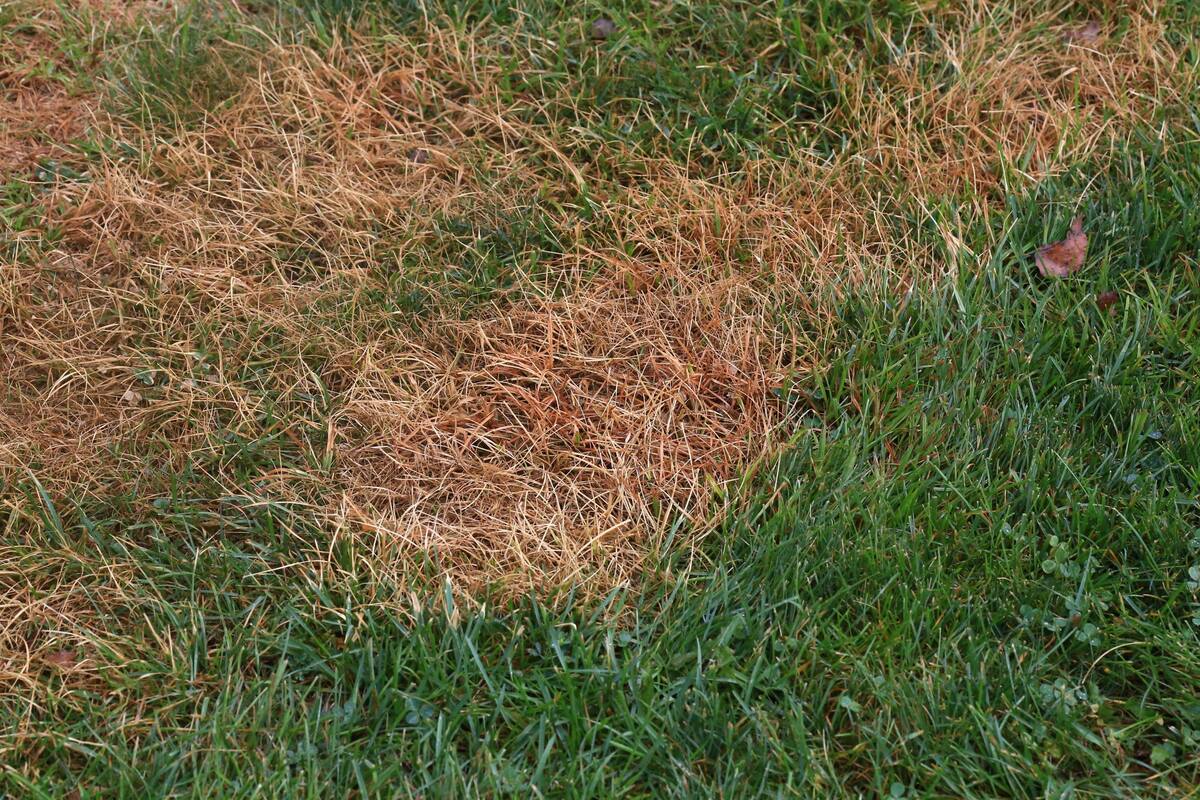
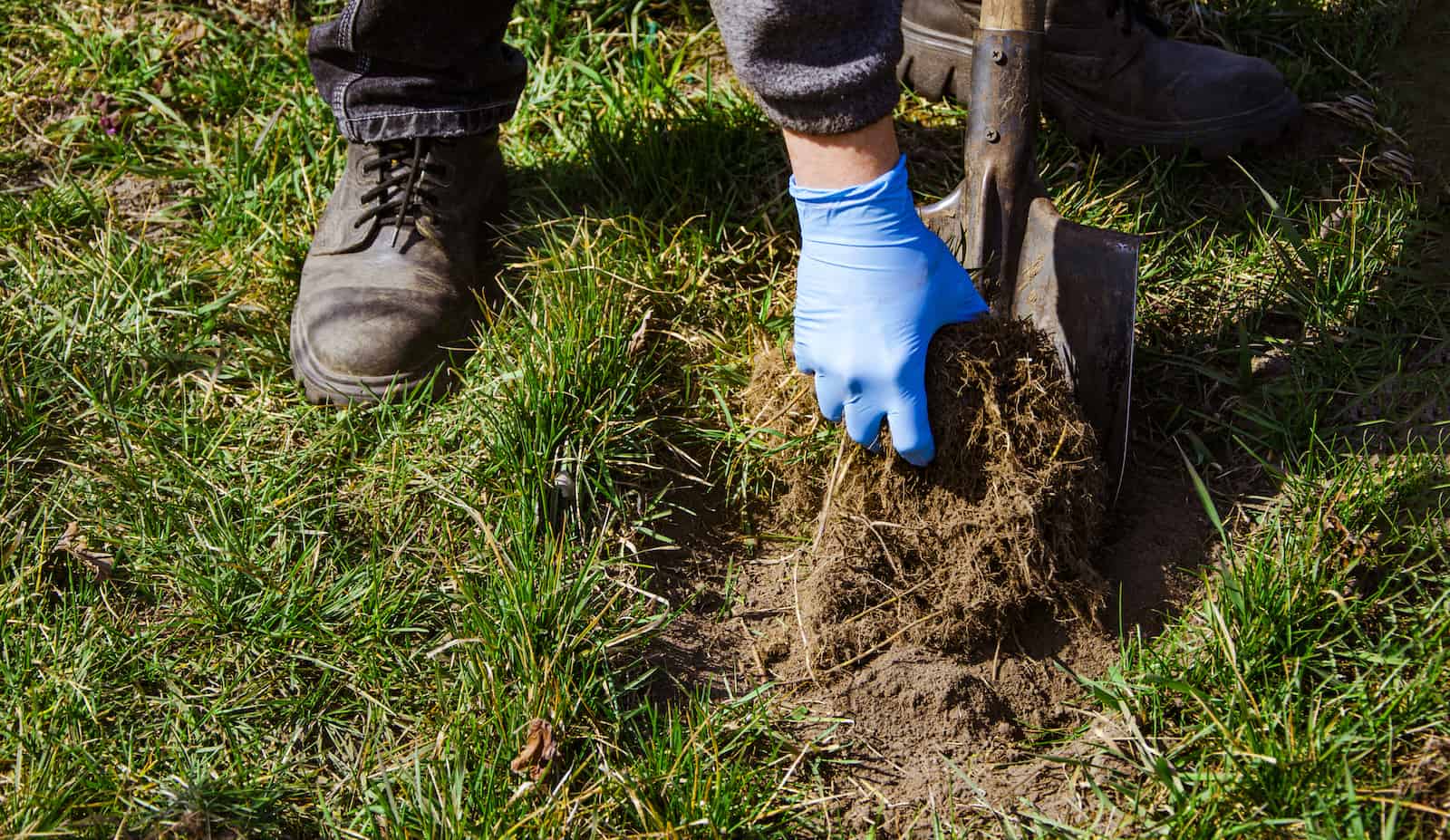
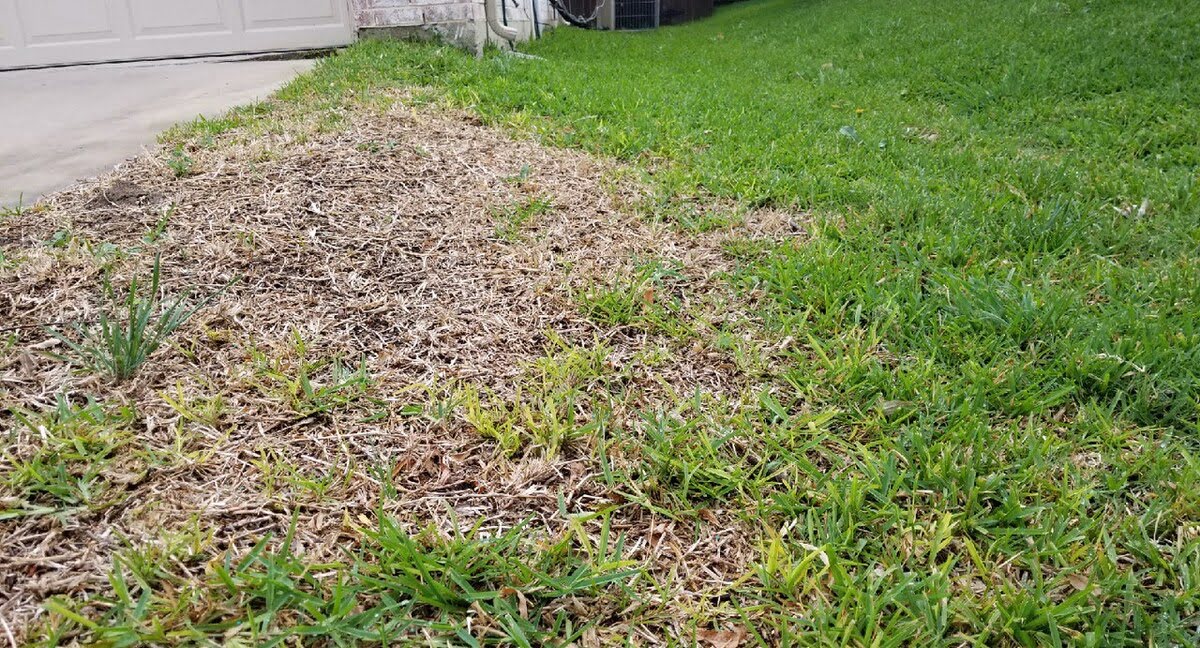
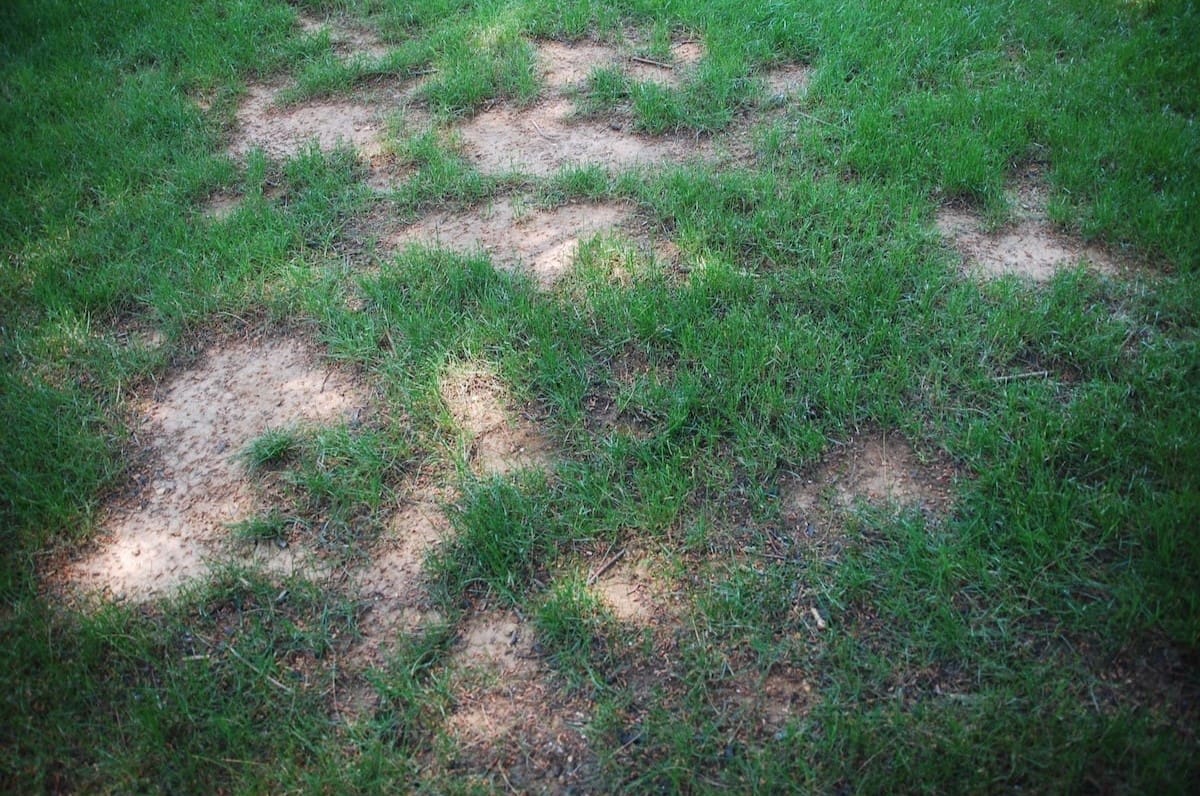
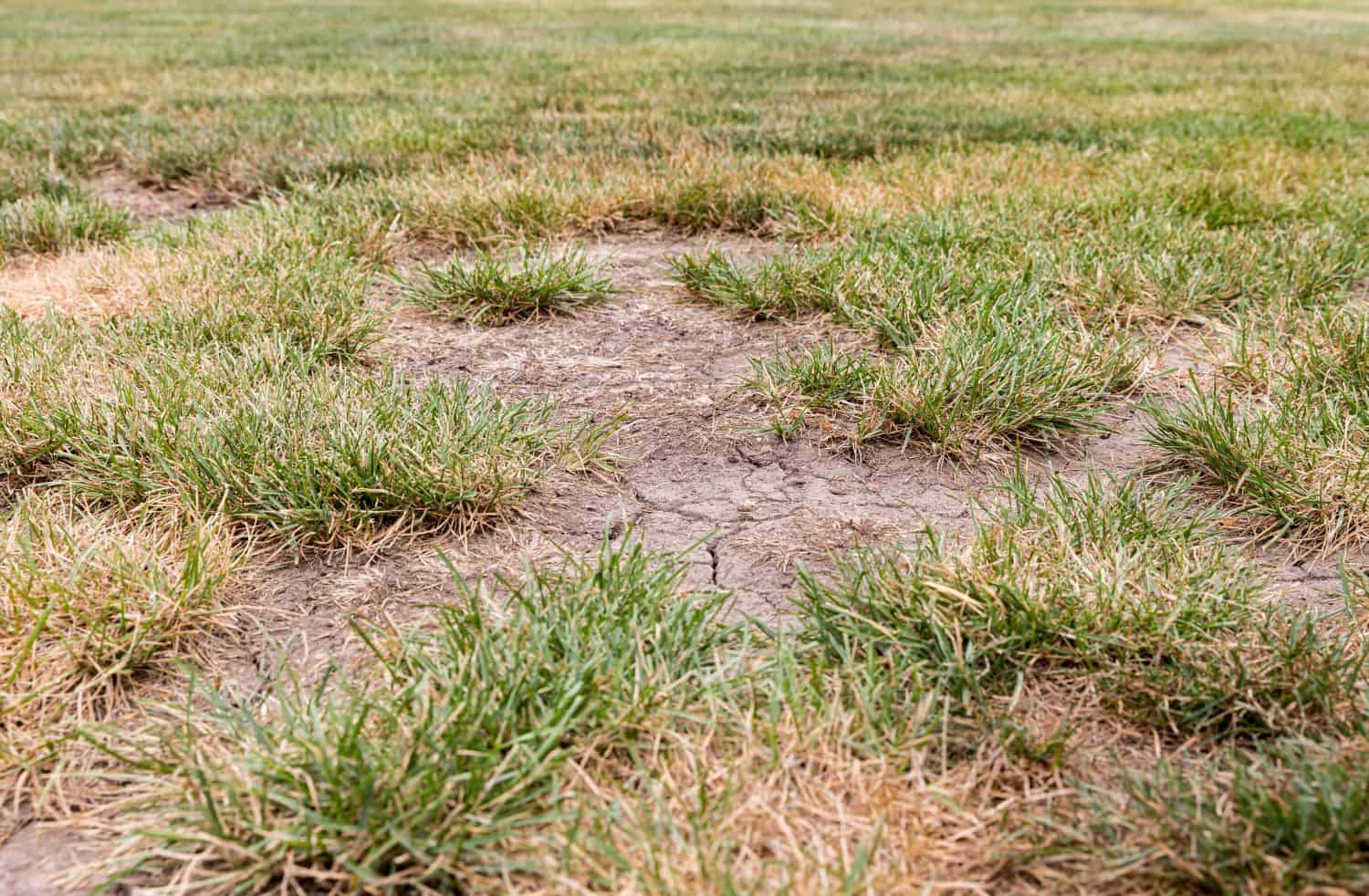
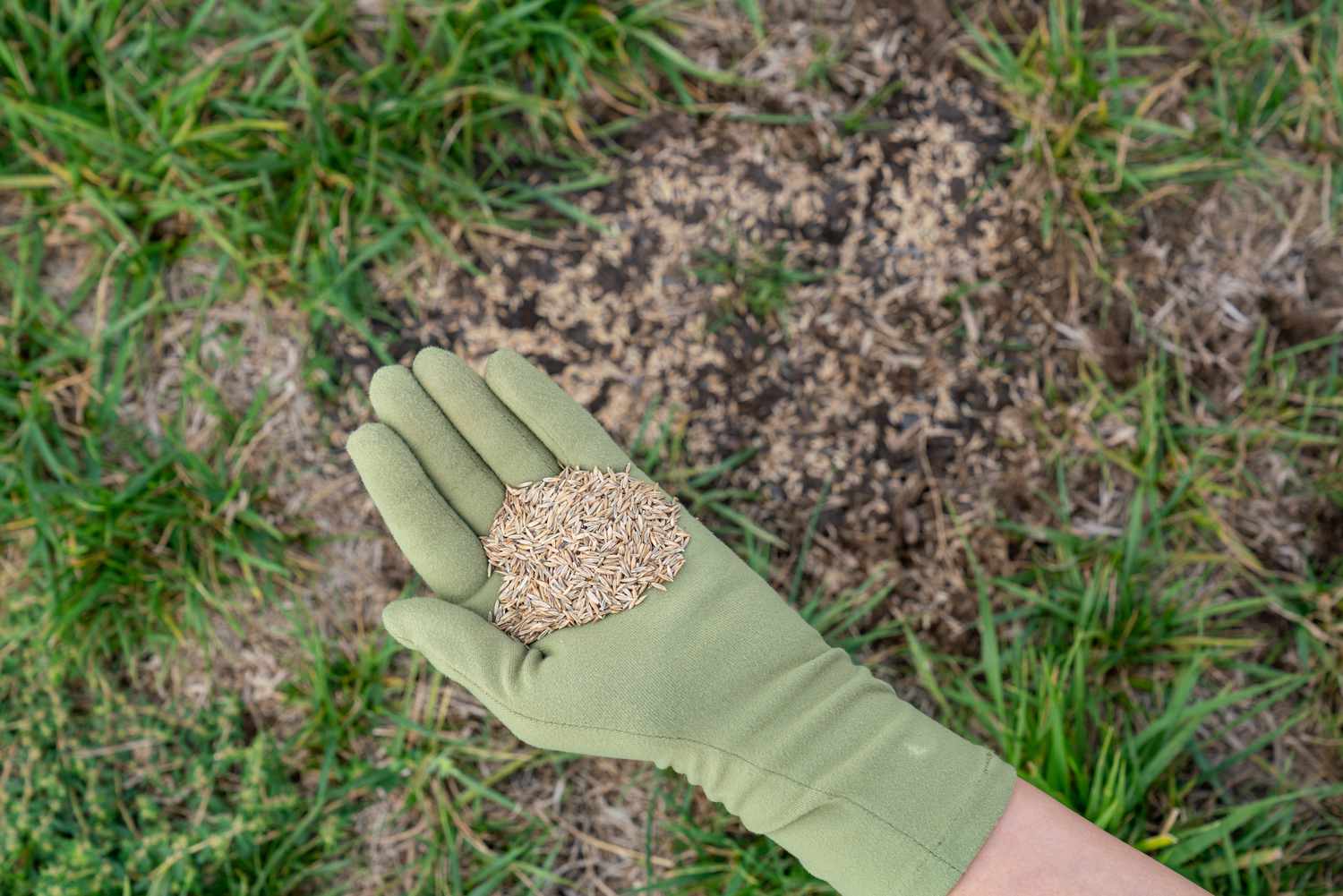

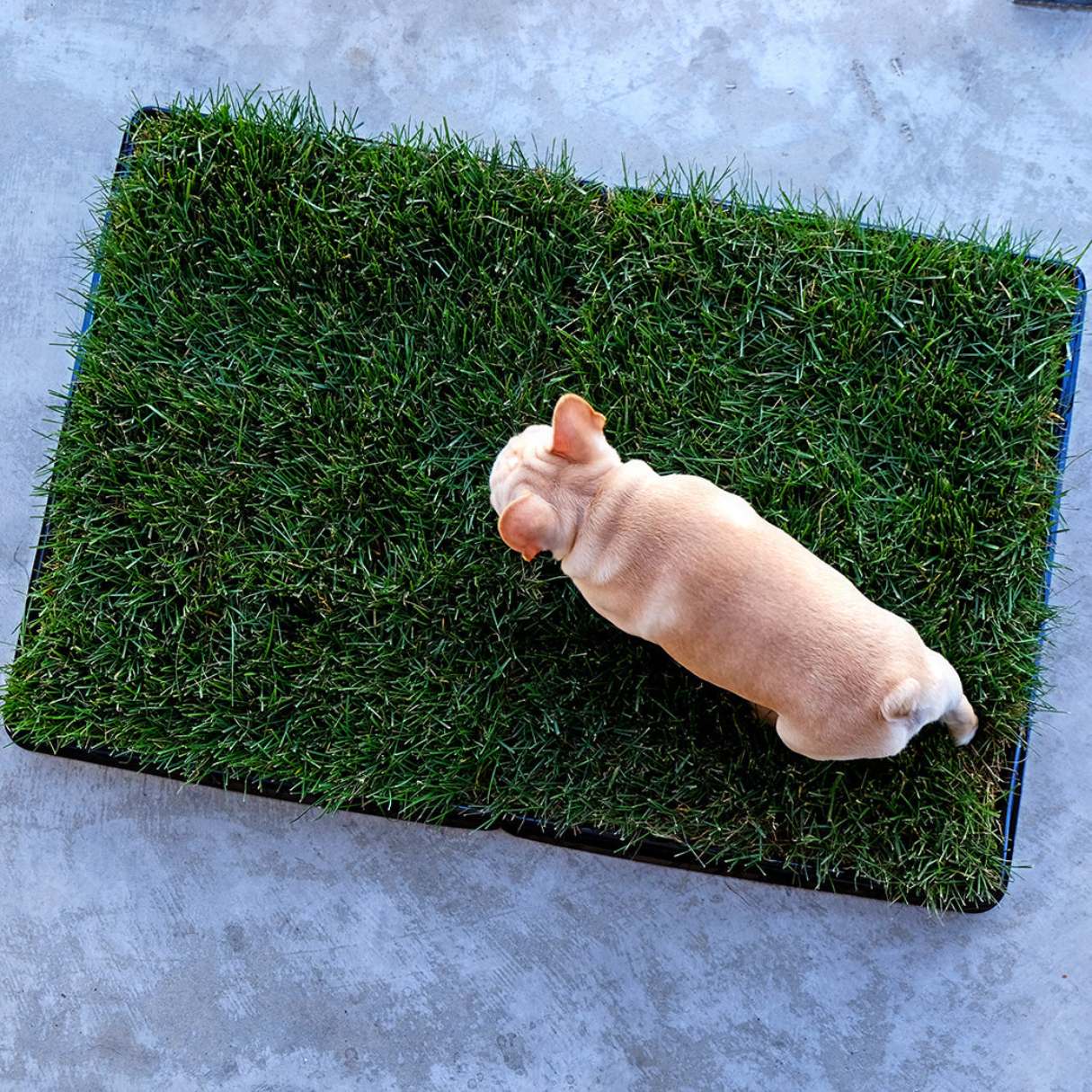
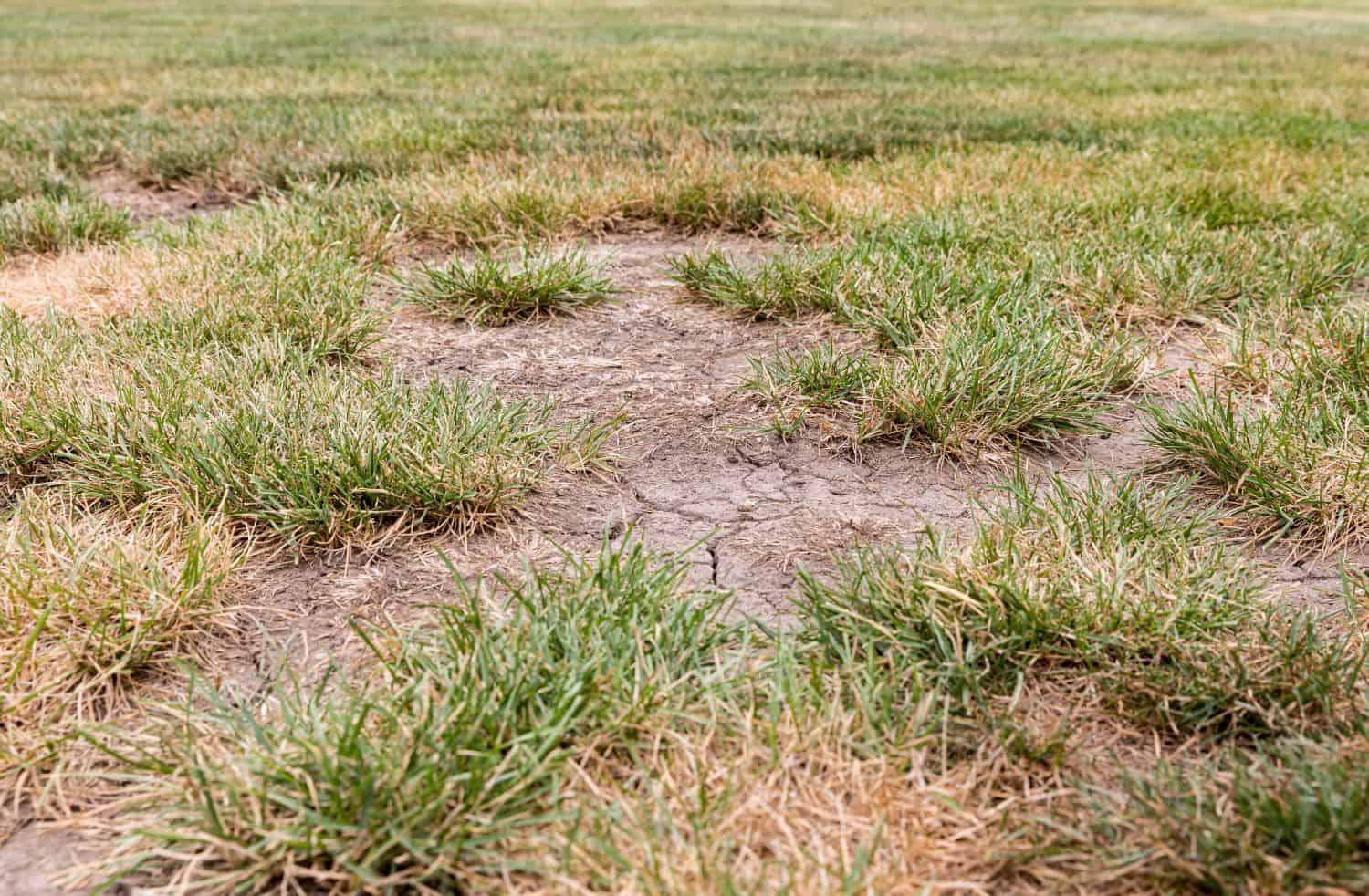
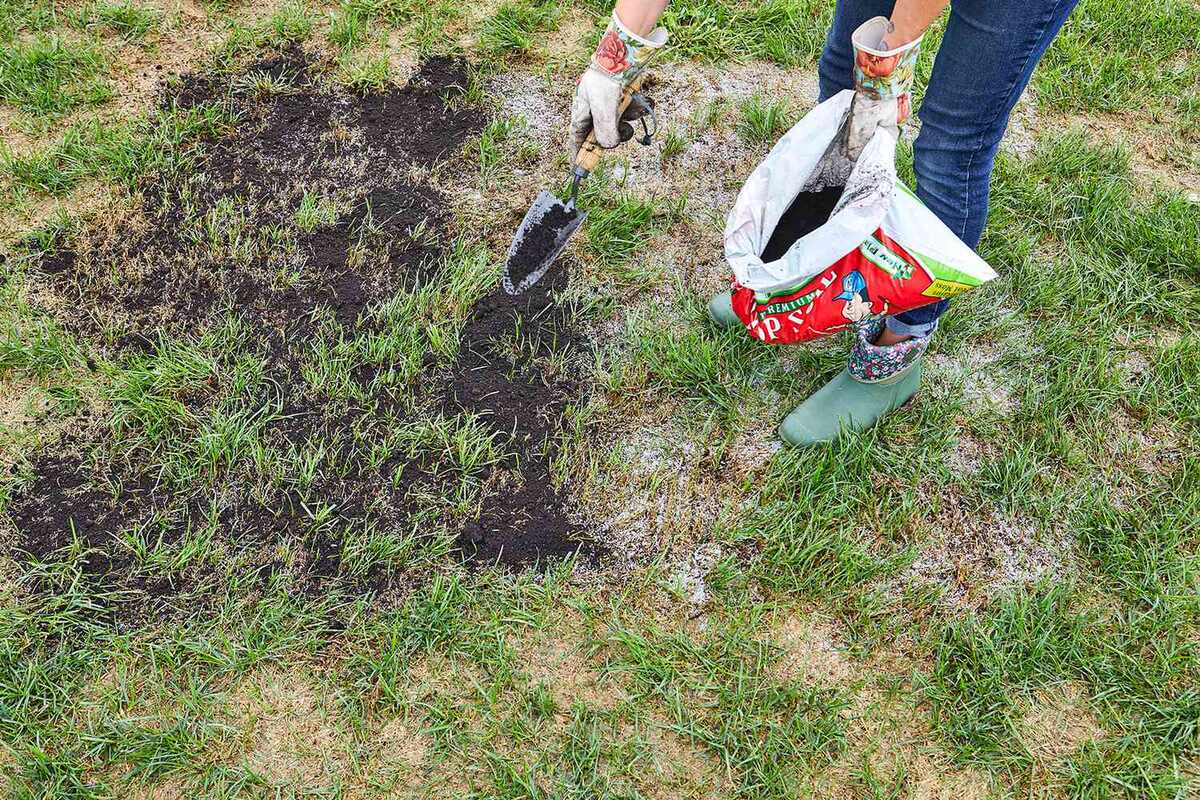

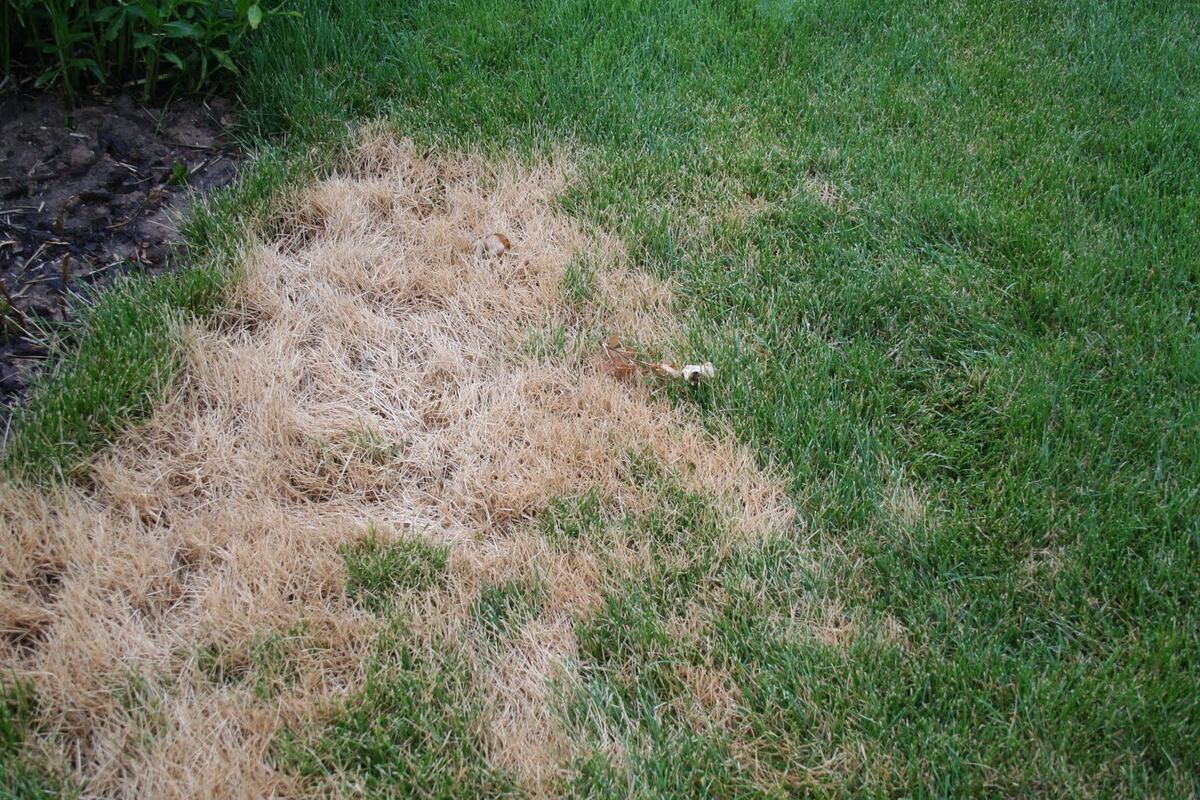
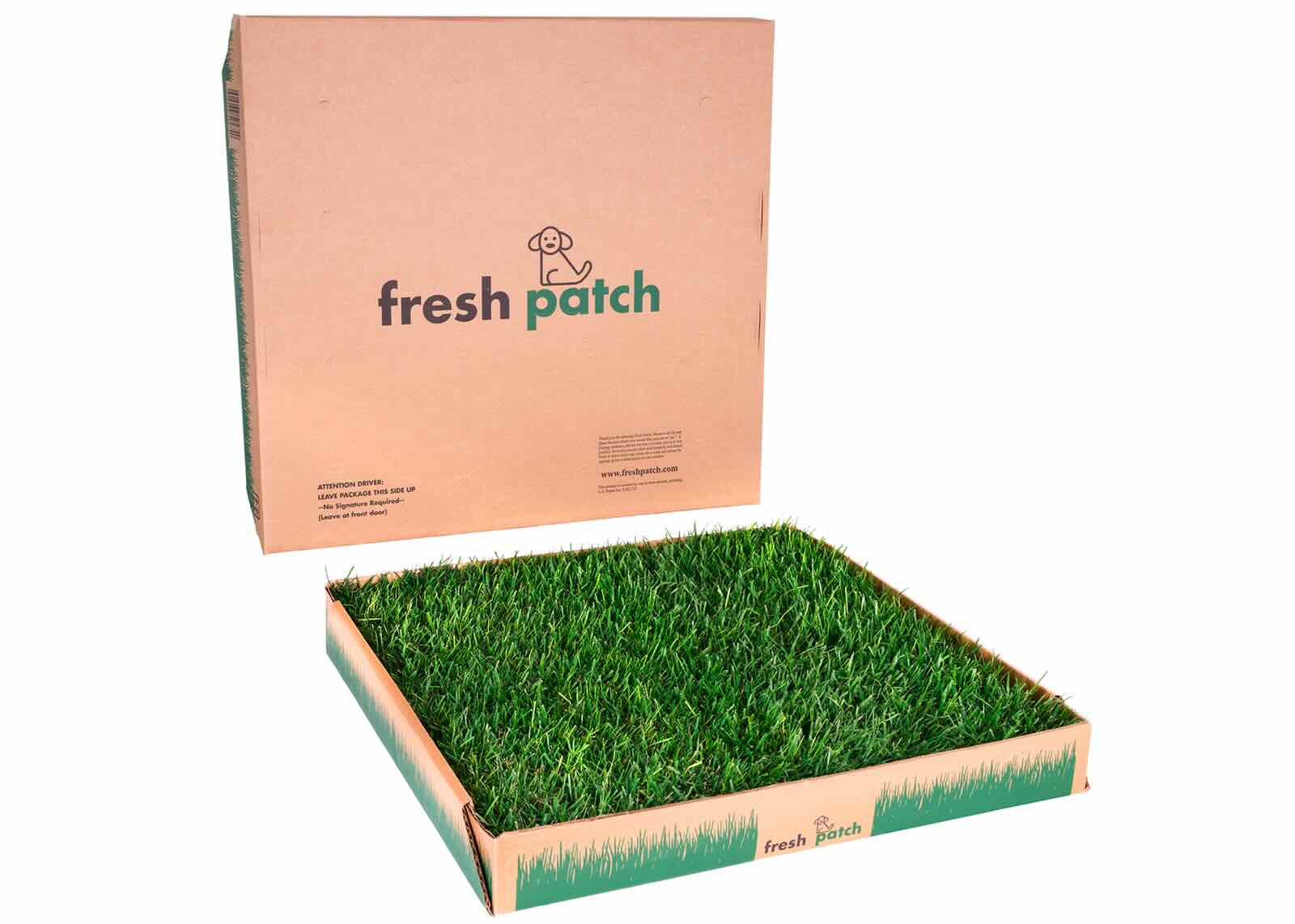


0 thoughts on “What Is The Best Grass Patch”